#twelve-spotted skimmer dragonfly
Text

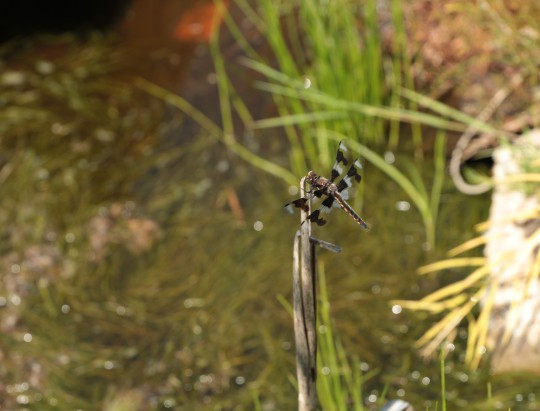

Twelve Spotted Skimmer (the same individual in each instance.)
#twelve spotted skimmer#dragonfly#rural#delta#greater vancouver#local#photographers on tumblr#original photograhers
79 notes
·
View notes
Text







dragons and damsels
#photography#animals#bugs#insects#odonata#dragonflies#damselflies#twelve-spotted skimmer#skimming bluet#blue dasher#fragile forktail#black saddlebags#eastern pondhawk#last two are the same species#nature
12 notes
·
View notes
Text

The Twelve-spotted Skimmer
On a very overcast, hot and muggy day, I captured this image of a Twelve-spotted Skimmer (Libellula pulchella) dragonfly. Using an 18-135mm kit lens, I got close to the dragonfly perched on a thin reed by the edge of a small man-made pond. The background is the calm water of a man-made pond, adding a peaceful feel to the scene. The dragonfly’s wings have striking black and white spots, and its delicate details stand out beautifully against the soft, muted backdrop.
The Twelve-spotted Skimmer is a common North American dragonfly, found in southern Canada and across all 48 contiguous U.S. states. This large species measures about 50 mm (2.0 in) long. Each wing has three brown spots. In adult males, additional white spots form between the brown ones and at the bases of the hindwings, sometimes earning them the name "ten-spot skimmer." If given time to count, you can see a total of twelve black spots on all four wings of the male, with eight bright white spots in between. Females and immature males have the twelve brown-black spots but lack the white ones, making it still acceptable to call them all twelve-spotted. Males have a powdery blue abdomen or 'tail,' while females have a mostly black tail with a long yellow stripe on each side. Adults feed on small flying insects.
Twelve-spotted Skimmers are usually found near water. Females lay eggs in ponds, lakes, or slow-moving streams and rivers, where they hatch into naiads. The naiads look more like crustaceans than dragonflies and spend their early life stage underwater. After feeding and growing, they eventually crawl out of the water and molt into winged adults. This species is common across North America and is mostly active in the summer. Look for these large, robust skimmers near water's edge by lagoons, creeks, ponds, and lakes.
Processed with Affinity Photo v2 and Topaz Photo AI.
Camera: Pentax K-3
Lens: smc PENTAX-DA 18-135mm F3.5-5.6 ED AL [IF] DC WR
135mm / ƒ/11 / 1/80s / ISO 400
Taken: July 16, 2024
#photographer on tumblr#original photographers#original photography#macro photography#dragonfly#Twelve-spotted Skimmer#Libellula pulchella#insect#canada#ontario#where I live#summer#July#2024#pentax#pentaxian#pentax k3#Affinity Photo#Topaz Photo AI
10 notes
·
View notes
Text
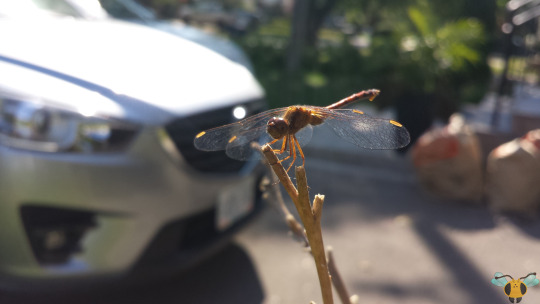



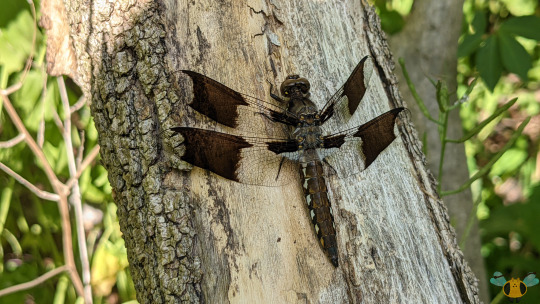

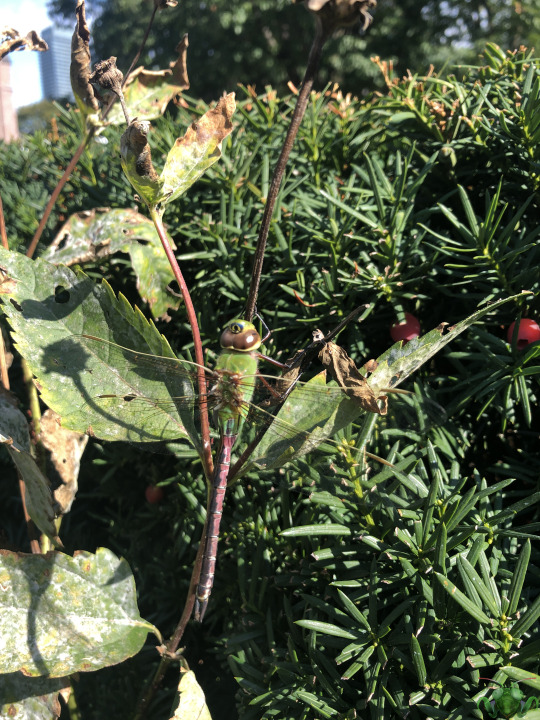


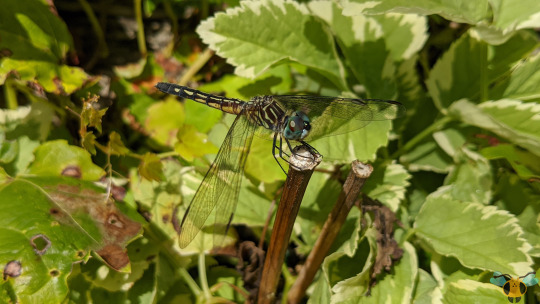
Dragonflies of Ontario - Order Odonata
In honor of the Lunar New Year - which this year is the Year of the Dragon - I have a compilation post showcasing some of the Dragonflies that call Ontario their home and hunting grounds! Just like the New Year's Post, the pictures found here haven't been uploaded to the blog before. Although similar in shape and form, these Odonates differ vastly across sizes, color and ferocity. Some even have patterned wings which can be different whether male or female and how old they are! Most of them in the wilderness, in close proximity to (un-pictured) water sources; it's far easier to photograph when they are close, rather than darting across a lake in pursuit of another insect. The specimens here consist of many familiar species across the many families within the Infraorder known as Anisoptera. Any guesses on the exact number of family classifications featured in this post? To answer that question: look closely at, no...behold these colorful, powerful and majestic Dragonflies:
Autumn Meadowhawk - Sympetrum vicinum (Sept 18, 2018)
Twelve-Spotted Skimmer - Libellula pulchella (June 30th, 2019)
Lancet Clubtail - Phanogomphus exilis (June 25th, 2022)
Common Whitetail (female) - Plathemis lydia (May 25th, 2021)
Common Whitetail (immature male) - Plathemis lydia (June 16th, 2021)
Common Whitetail (male) - Plathemis lydia (August 9th, 2023)
Green Darner - Anax junius (September 27th, 2019)
Ruby Meadowhawk - Sympetrum rubicundulum (August 29, 2019)
Blue Dasher ("tween" male) - Pachydiplax longipennis (July 30th, 2020)
Blue Dasher (female) - Pachydiplax longipennis (August 2nd, 2020)
Pictures taken prior to 2020 were made with a Samsung Galaxy S4, except for the Green Darner which was photographed with an iPhone 8 by a near and dear friend. Pictures taken during 2020 onward were captured with a Google Pixel 4.
Have a Happy Year of the Dragon and continue to enjoy an amazing 2024! Now, let's see what new Dragon-related insects will join the blog next! For all bug-hunters out there, take extra care not to confuse the Dragons in Pictures 2 and 4.
#jonny's insect catalogue#ontario insect#dragonfly#odonata#autumn meadowhawk#lancet clubtail#green darner#ruby meadowhawk#whitetail dragonfly#twelve spotted skimmer#blue dasher#skimmer dragonfly#darner dragonfly#clubtail dragonfly#insect#lunar new year#happy lunar new year#year of the dragon#year of the dragon 2024#toronto#muskoka#kleinburg#nature#entomology#invertebrates#arthropods
11 notes
·
View notes
Text
@galacticnova3 submitted: Some nice bugs of 2022, all located in Texas. IDs welcome!
•Trained attack moth/potato fairy, possibly a white-dotted prominent?

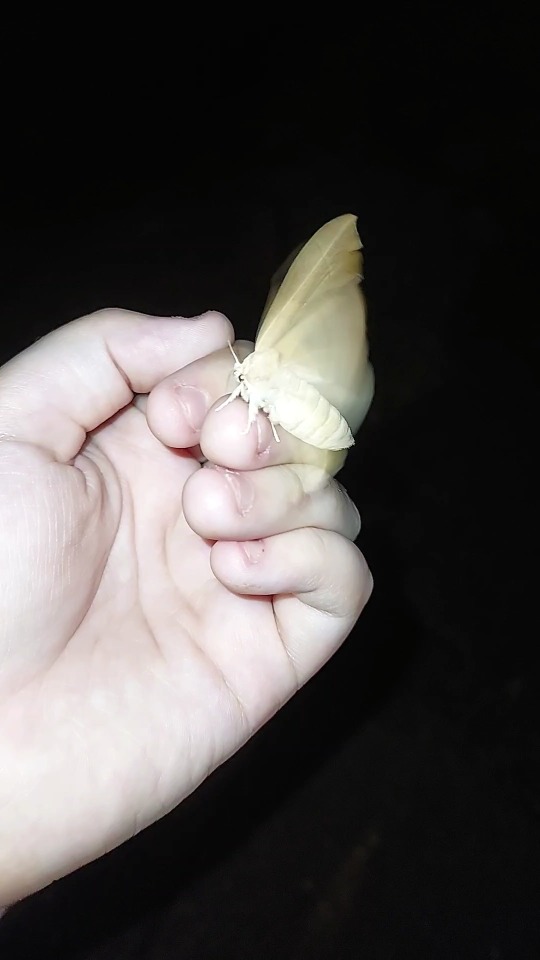

•A very expressive-looking katydid who would be at home in the Bee Movie I think
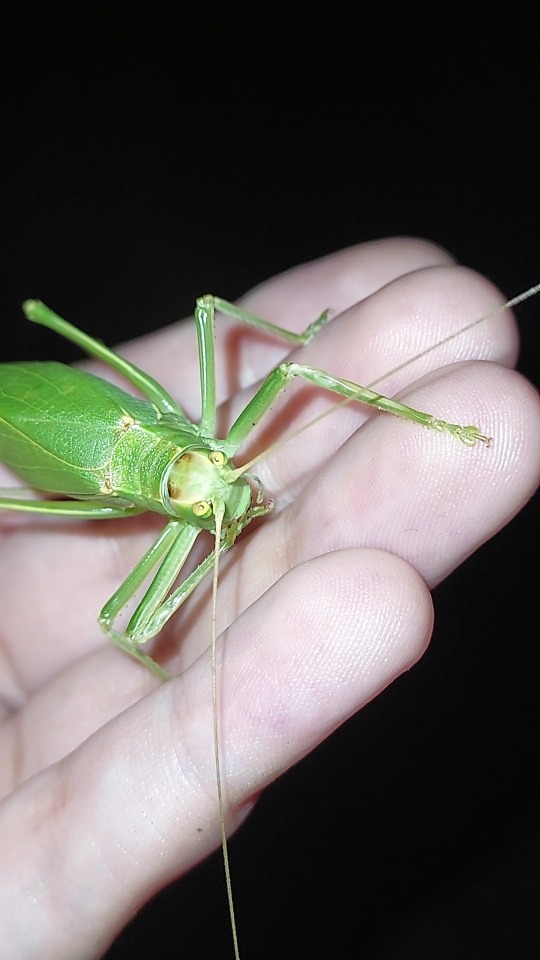

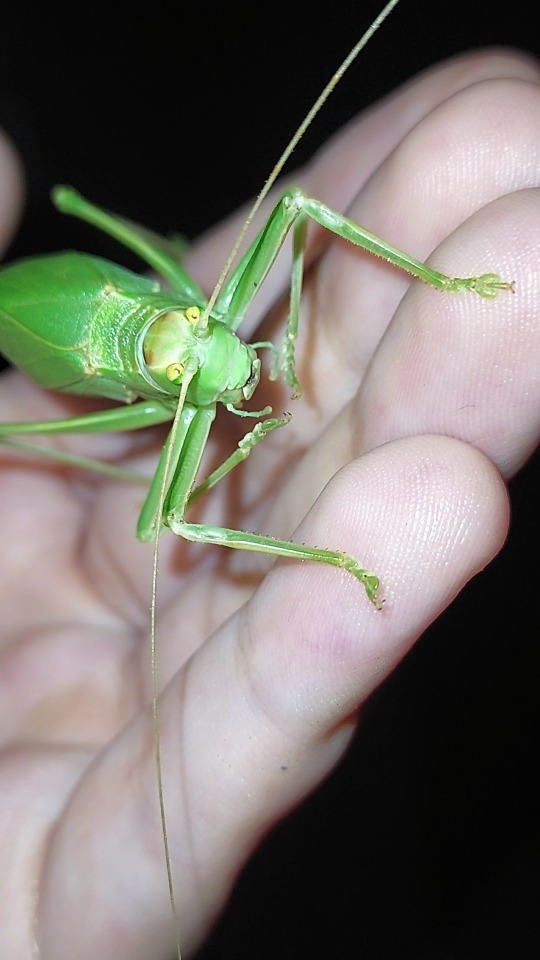
•Less expressive green orthopteran that freshened up a bit before biting me, despite having climbed onto my finger of its own volition because it was on the ground and I knew this species liked hanging out in some ornamental grass a small distance away. Pictures taken seconds before disaster(and by disaster I mean oof ouch)


•A very patient tiger beetle; I’m really proud of this picture considering I got it by holding a magnifying glass in front of my phone and turning it upside down! POV you are very small and having a conversation with a bug on a sidewalk

•A dragonfly that didn’t mind me getting so close to take a picture; it might not be brightly colored or showy but I still think it’s gorgeous!
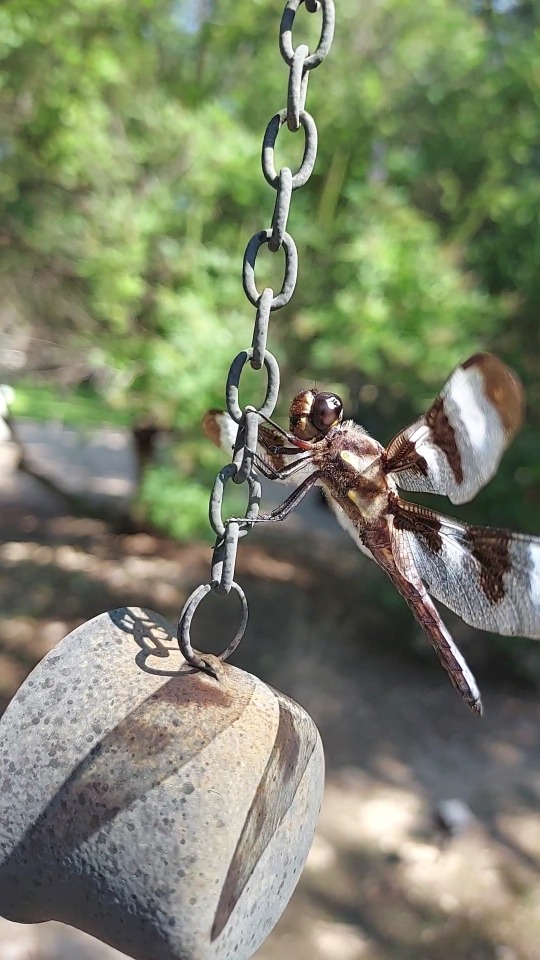
A great group of pals! The moth could be a white-dotted prominent based on what I can see, but I’d need a clearer shot to say for sure. IDing katydids is easier when I can clearly see the wing shape and venation! Just from the front angle, I’d say maybe a common true katydid. Can hardly blame the next one for biting you, I might bite if a giant picked me up, too. Looks like one of the meadow katydids.
GREAT photo of the tiger beetle! Very impressive since they are usually running around at top speed. That one looked like a Carolina metallic tiger beetle, but again, it’s easier when I can see the whole bug and all their markings. And the very lovely dragonfly looks like a twelve-spotted skimmer!
For the future, I prefer just a couple bugs per ID request submission! Makes it easier for me :)
#submission#insects#animals#bugs#moth#prominent moth#katydid#meadow katydid#beetle#tiger beetle#carolina metallic tiger beetle#dragonfly#twelve spotted skimmer#long post
91 notes
·
View notes
Text
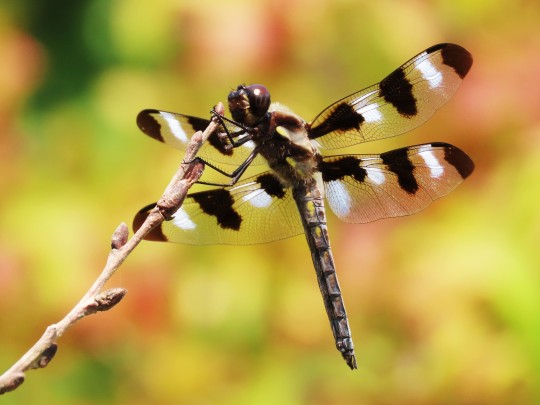
The king of the midsummer pond, Libellula pulchella, the Twelve-spotted Skimmer. True to their specific epithet (pulchella = beautiful little), they're one of the most gorgeous northeastern dragonflies.
This guy was perched on a dead tree next to a small pool, making sure the other male skimmers (Libellula cyanea and Libellula semifasciata) didn't get too close to his territory

Sometimes the white spots on their wings, as well as the pruinosity on their abdomen, will even reflect slightly blue
460 notes
·
View notes
Text
Flowers and Flying Things
I'm going to copy @jamilas-pen, who posted some nice bug photos. I have a few of those too!






Again, I recommend my new obsession, this app called Seek. I can't figure out the different kinds of bees (they move too quickly for the app to narrow it down to species) but the butterfly is a gray hairstreak, the dragonfly is a twelve-spotted skimmer, and the ladybug is officially a seven-spotted lady beetle.
Hoping you people who like flowers aren't opposed to a few bugs too: @dytzyone @mammameesh @flowertrigger @ramonaflow
@leofdaeg-sand @tyfinn @mostlyinthemorning @a-noble-dragon
23 notes
·
View notes
Text
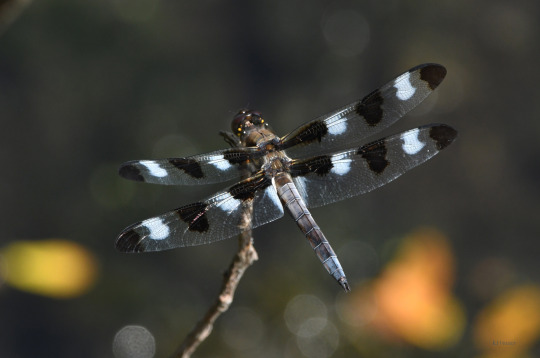
Twelve-spotted Skimmer
This common dragonfly can normally be found in Iowa for almost five months of the year, yet I never tire of watching one put on a show.
71 notes
·
View notes
Video
Twelve-Spotted Skimmer Dragonfly by Ruby 2417
Via Flickr:
Placerville, Ca. June, 2023.
#skimmer#dragonfly#perch#midair#insect#wild#wildlfe#nature#black#white#contrast#placerville#lumsen#park#pond#sierra#nevada#sierras#foothills#flickr
5 notes
·
View notes
Text







Some of my favourite photos I took in July 2024 and month summary post 2 of 3: Flowers, mammals, other insects and other wildlife
The photos in this set are of; agrimony at Lakeside Country Park, self-heal and red bartsia at Martin Down, marsh woundwort beside the River Itchen, Stoats, mating Common Blue Damselflies and Southern Hawker dragonfly at Egleton, Rutland Water and Common Red Soldier beetles at Lakeside.
It was wonderful to see so many wildflowers this month again. Nettle-leaved bellflowers, upright hedge-parsley, marsh St. John’s-wort, marsh woundwort, some pyramidal orchids still, pale flax, longstalk crane’s-bill and meadowsweet have been among the top species I’ve seen. Hemp agrimony, great willowherb, purple loosestrife and water mint in areas near water brought July’s characteristic purple and pink shade. Other species I especially enjoyed seeing were common toadflax, agrimony, rosebay willowherb, herb-Robert, oxtongue, fox-and-cubs, tufted vetch, viper’s-bugloss, scabious, wild basil, marjoram, red bartsia, self-heal, restharrow, white deadnettle, scarlet pimpernel, hogweed, wild carrot, yarrow, wild parsnip, nightshade, broad-leaved enchanter’s nightshade, heath bedstraw, lady’s bedstraw, bird’s-foot trefoil, white clover, red clover, dock, montbretia, red valerian, ragwort, St. John’s-wort, fleabane, dark mullein, honeysuckle, common and musk mallow, melilot, plantain including hoary plantain, mugwort, gypsywort, meadow crane's-bill, bramble flower, teasel, woolly, spear and creeping thistle and knapweed. It was interesting to see berries out including rowan, guelder rose, blackberries, hawthorn, blackthorn sloes, wayfaring tree, nightshade and cuckoo-pint this month.
Seeing the Stoats at Rutland Water was a phenomenal moment in an amazing twelve moths I’d had for them and Weasels and seeing Water Vole at Lydon, Rutland Water making my mammal year list my highest ever was another magical moment. I’ve seen Grey Squirrels and Roe Deer nicely this month too. Common Blue Damselfly, Blue-tailed Damselfly, Emperor, Southern Hawker, Migrant Hawker, a few Black-tailed Skimmers, Golden-ringed Dragonfly, Four-spotted Chaser and Ruddy Darter brought a summer sparkle to my month in the world of dragonflies and damselflies. Common Red Soldier beetles a key part of summer, the emergence of gorgeous Black-and-Yellow Longhorn beetles, Swollen-thighed beetle, ladybirds, ground beetle and oil beetle were nice to see in the world of beetles this month. Crickets and grasshoppers seen and heard including Roesel's bush cricket, bees, hoverflies, hornet, spiders including Harvestman and in wet weather frog and slugs whilst out and entertaining scenes of many snails on the balcony at home were other highlights this month.
#photography#wildlife#stoat#southern hawker#2024#outdoors#rutland water#july#flowers#wildflowers#summer#red bartsia#europe#england#uk
1 note
·
View note
Text


I found this female twelve spotted skimmer dragonfly (Libellula pulchella) near where I work today.
1 note
·
View note
Photo




You’re welcome, Vlad.
#don't worry he's fine#I modeled Danny's wings after the Twelve-Spotted Skimmer (Libellula pulchella)#it's a beautiful dragonfly#danny phantom#danny fenton#vlad plasmius#vlad masters#winged danny#winged au#my art#phanart#dinoposts#gonna take a break from tumblr for a bit
2K notes
·
View notes
Photo
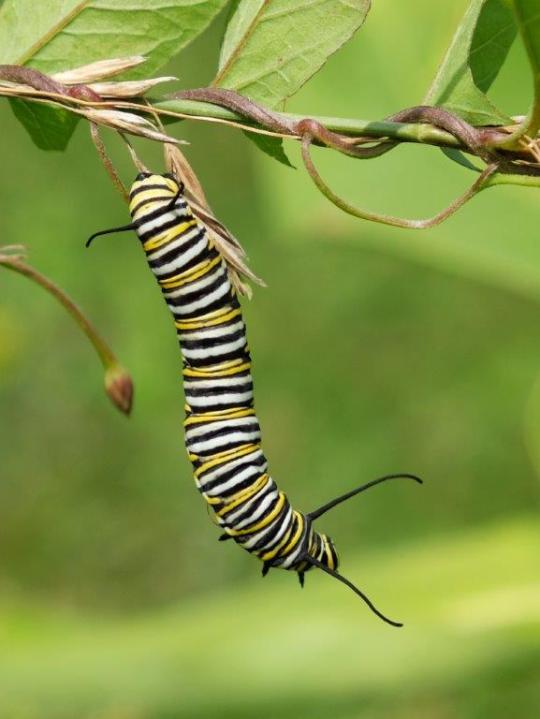

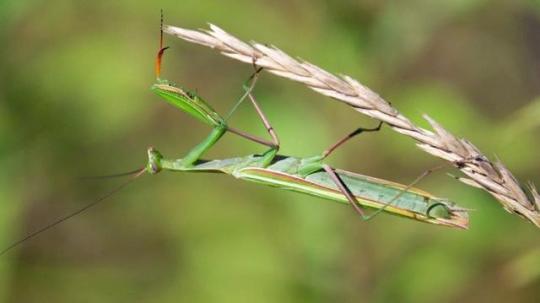

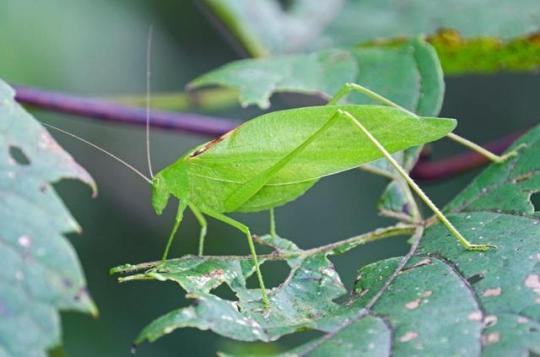
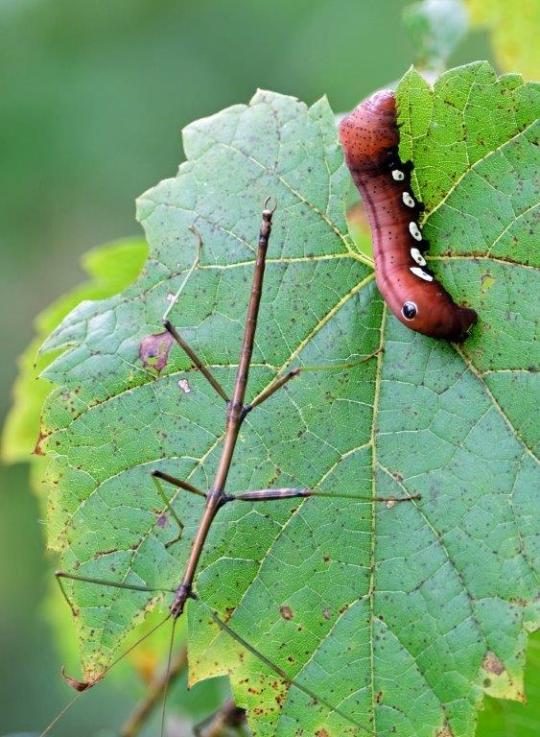

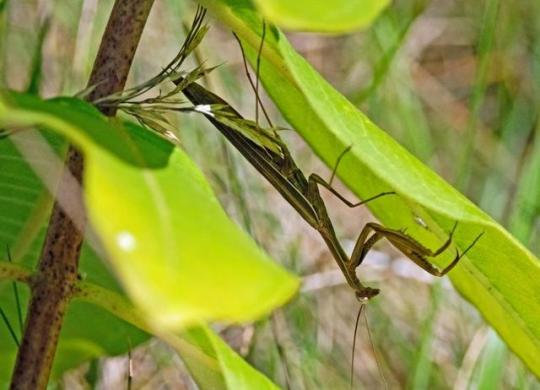
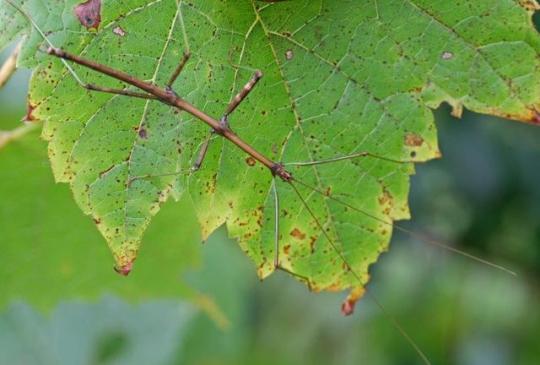
monarch butterfly recently emerged
monarch caterpillar
oblong-winged katydid
polyphemous moth caterpillar
polyphemous moth
praying mantis
twelve-spotted skimmer dragonfly
walking stick
#monarch butterfly#monarch caterpillar#oblong-winged katydid#polyphemous moth caterpillar#polyphemous moth#praying mantis#twelve-spotted skimmer dragonfly#walking stick
1 note
·
View note
Text


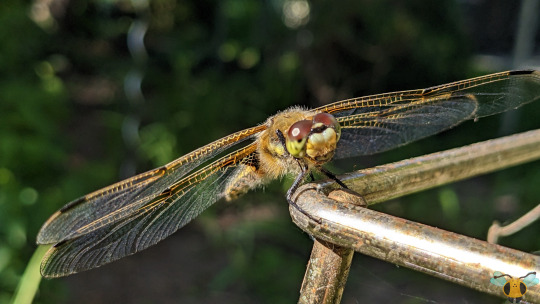





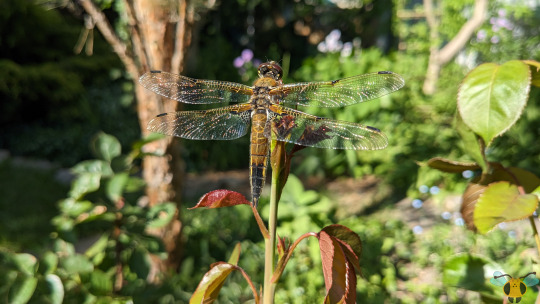
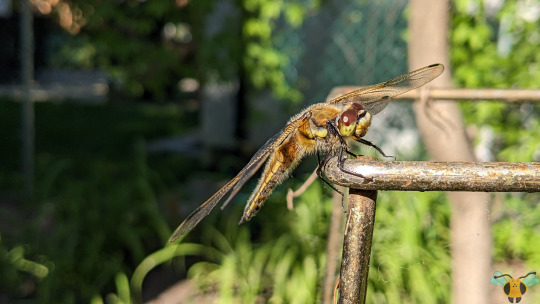
Four-Spotted Skimmer - Libellula quadrimaculata
Genuinely, I wasn't at all familiar with this insect, even in passing, until finding one perched in the backyard. Surprisingly, it has a wide geographic range, having been discovered in Eurasia and North America! Within its European range, this specie is also known as the Four-Spotted Chaser, likely for its pursuit of airborne prey or its chasing of other active Dragonflies. Perhaps this is attributed to how it finds mates or (in the case of males) drives competing males out of its aquatic territory. Examining this individual reveals that she is a female and doesn't partake in territorial chasing. Like in all Dragonfly examinations, look to the abdominal claspers. The claspers of this beauty are straight on the outside (but they can also fold inward in a triangle shape, male claspers will curve outward) and she lacks an anal appendage on the abdomen's underside. If you can get a good look while an Odonate is perched, it's a big help, especially for this specie since the male and female of this specie appear very similar! Even down to the yellow abdominal lines and the titular four spots that rest in the middle of each wing. Naturally, the stigma at the terminal end of each wing isn't counted as a "spot". Besides, another insect is already commonly known as the "Eight-Spotted Skimmer", that being L. forensis.
There have been many Dragonfly showcases throughout the years, but this is the first one I've found in Ontario with a primary color of yellow. In the past, other species are decorated with yellow stripes, markings and wing spots, but today's specie is mostly yellow-brown across its body. How summery! This specie also seems rather hairy compared to similar Odonates, but in actuality all Dragonflies have hairs on their body. Some hairs are simply more prominent than others, but they all contribute in interpreting environmental, sensory and flight adjustment information. And of course, the leg spines are used to restrain airborne prey after it has been seized. For other prominent features, the yellow lines running beside the abdomen are somewhat of a commonality across Ontario's Libellula Skimmers. Case in point, those stripes can also be found on the female Widow Skimmers (L. luctuosa) and the Twelve-Spotted Skimmers (L. pulchella). With regards to the latter, 1 of them isn't necessarily equivalent to 3 Four-Spotted Skimmers. They are both of similar size and body, so the Four-Spotted Skimmer is absolutely a solid spring-summer hunter.
Pictures were taken on May 24, 2024 with a Google Pixel 4.
#jonny’s insect catalogue#ontario insect#dragonfly#four spotted skimmer#four spotted chaser#skimmer dragonfly#odonata#insect#may2024#2024#toronto#nature#entomology#invertebrates#arthropods
15 notes
·
View notes
Text
@the-cryptid-enthusiast submitted: A dragon fly in our back garden! All the way from Southern Alberta

Oooooooo very stylish wings! She’s a female twelve-spotted skimmer :)
88 notes
·
View notes
